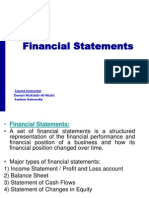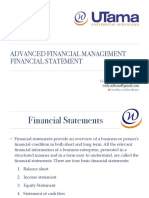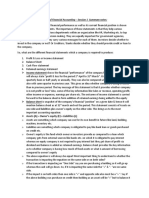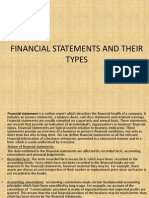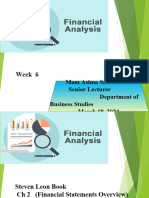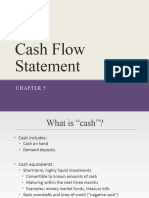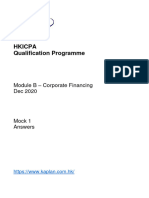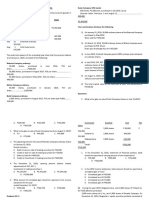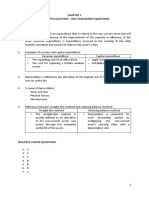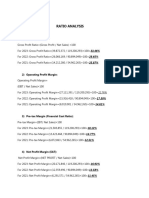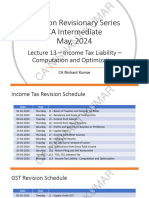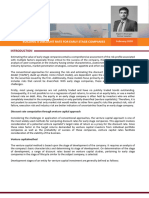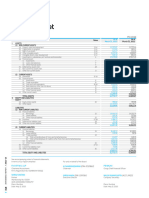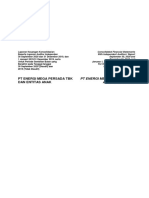0% found this document useful (0 votes)
22 views8 pagesNotes 002
The document outlines the structure and components of multiple step income statements for merchandising and manufacturing businesses, detailing calculations for cost of goods sold, gross profit, and operating expenses. It also describes the balance sheet, cash flow statements, and the statement of changes in owner's equity, emphasizing the importance of various accounting principles. Additionally, it provides a framework for understanding financial positions, cash flows, and the relationship between assets, liabilities, and equity.
Uploaded by
obaidullahkhan1204Copyright
© © All Rights Reserved
We take content rights seriously. If you suspect this is your content, claim it here.
Available Formats
Download as PDF, TXT or read online on Scribd
0% found this document useful (0 votes)
22 views8 pagesNotes 002
The document outlines the structure and components of multiple step income statements for merchandising and manufacturing businesses, detailing calculations for cost of goods sold, gross profit, and operating expenses. It also describes the balance sheet, cash flow statements, and the statement of changes in owner's equity, emphasizing the importance of various accounting principles. Additionally, it provides a framework for understanding financial positions, cash flows, and the relationship between assets, liabilities, and equity.
Uploaded by
obaidullahkhan1204Copyright
© © All Rights Reserved
We take content rights seriously. If you suspect this is your content, claim it here.
Available Formats
Download as PDF, TXT or read online on Scribd
/ 8

